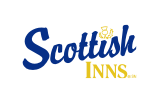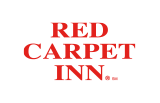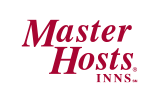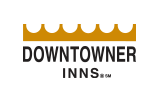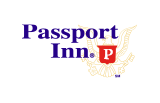By Ruben Reyes, Assurance & Marketing Program Director
Customarily, hotels use historical data from their property management system or central reservation system to forecast their rates, which are dependent on the demand for room inventory in their market. They also take into consideration their competitive set, high demand dates, advanced bookings, special events and holidays when setting their rates and planning for room sales for an entire year.
During this current crisis, the process should remain the same, but with one variation. Hoteliers need to structure their forecasted rates and room demand using a rolling forecasting model, which takes into consideration the current state of the pandemic in their market before setting their rates and makes an allowance for current room inventory. A rolling forecast or continuous forecast is a financial forecast that is continually updated so the hotel is always looking ahead.
Over the past year, the CDC has used NORS to report outbreaks in certain regions, and we have seen many of the spikes in COVID have been related to holidays such as the Fourth of July and Christmas. Keeping track of COVID outbreaks in a hotel’s market, including feeder cities, allows the hotel to change its rates according to the current demand and crisis.
Traditionally, a rolling forecast is a financial modeling tool that is used by administration to help a corporation endlessly forecast business, sales production, etc., over a set timeframe. If a hotel’s occupancy is at 30% for the first month of a quarter but increases to 50% or 60% during the last term of the quarter, then it would be prudent to consider the next quarter as soon as the actual data of the quarter is finalized.
Hoteliers who opt in to a rolling forecast model must decide whether they wish to update their rates and use the forecast information on a weekly, monthly or quarterly basis; as comparing your rates to your competitive set, taking into consideration the current state of the pandemic, and ensuring that your RevPAR is on target is a time-consuming and daunting task.
Driving more reservations to your property and ensuring that you are making the most of the occupancy per rooms sold are key factors in working with a rolling forecasting model. If you are looking at maximizing your room revenue while you maintain a strong and stable average daily rate, this will ensure that you capture your fair share of your market during this pandemic. For example, selling a double room or kitchenette at the same rate as a single room without charging for extra guests or increasing your rack rate when your occupancy increases would be detrimental to your bottom line.
As your hotel’s revenue increases, you will be able to see if the increase is due to an increase in your rack rate, occupancy, or RevPAR. Similarly, if there is a decrease in revenue, it should explain whether the decrease is due to discounted rates or low occupancy.
If you are just rifling your night audit reports into a box in case of an audit and not taking the time to look at them, then you are losing out on a great deal of pertinent information, especially during this time. By examining these reports closely, you will be able to compare your results with your forecasted numbers and, depending on the outcome of variance analysis, appropriate changes should be made in your next rolling forecast (i.e., rack rate RevPAR discounted rates).
While using a rolling forecast model versus a static model may seem alien to some hoteliers, it is no stranger to many others who are in primary markets and must deal with inclement weather and the rise and fall of the economy.

